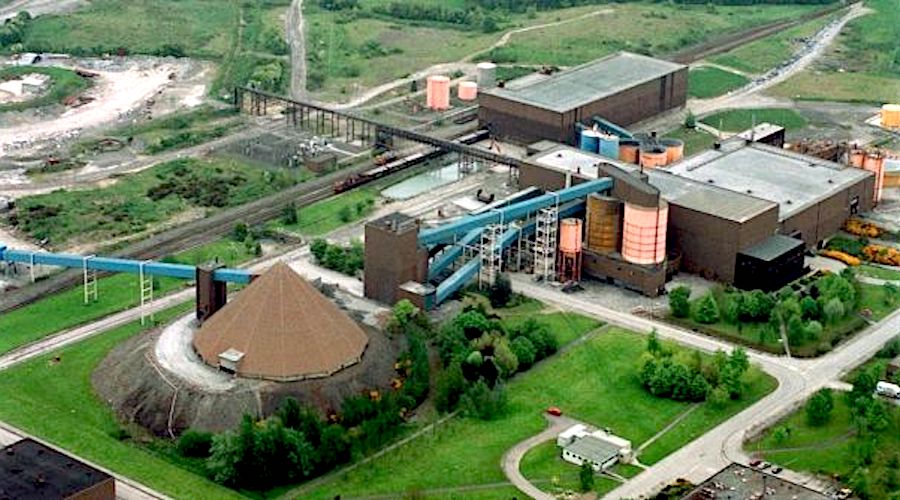
Weak demand from the construction industry has pushed zinc prices to levels which leave some miners with little or no profit and a prolonged period below $2,400 a metric ton is likely to trigger output cuts.
Used for galvanizing steel, zinc on the London Metal Exchange touched $2,215 a ton on May 25, its lowest since July 2020. It has since recovered to around $2,400 partly due to a decision by Sweden’s Boliden to put its cash-flow-negative Tara mine in Ireland under maintenance.

“If prices go back below $2,400 a ton for a sustained period then we could see more closures,” said Macquarie analyst Alice Fox.
Suspension of Tara, Europe’s largest zinc mine, alone will not impact the supply and demand balance for refined zinc as there is large amount of concentrate left over from last year, analysts said.

Analysts at consultancy CRU expect Tara to be closed for three months.
CRU also estimates there are currently 22 zinc mines outside China – including Tara – with mining expenses known as all-in-sustaining costs higher than $2,400 per ton.
China is the world’s largest zinc mining country.

“We expect zinc price to average $2,750 per tonne in the third quarter before retreating again in the fourth quarter, so more mine closures cannot be ruled out,” CRU said.
Zinc has been suffering from weak demand from the construction sector, which accounts for 55% of zinc demand, and is particularly impacting Europe.

The International Lead and Zinc Study Group estimates the surplus in the zinc market at 137,000 metric tons in January-April.
In China, where CRU expects demand to rise by 2.1% in 2023, May imports of both refined zinc and zinc concentrates showed solid year-on-year growth.
But new construction starts in China, the world’s largest consumer of industrial metals such as zinc, are still sliding.
However, support comes from low zinc inventories in warehouses monitored by the Shanghai Futures Exchange, though stocks in LME approved warehouses, located mostly in Asia, are still relatively high.
(By Polina Devitt; Editing by Jane Merriman)
Comments